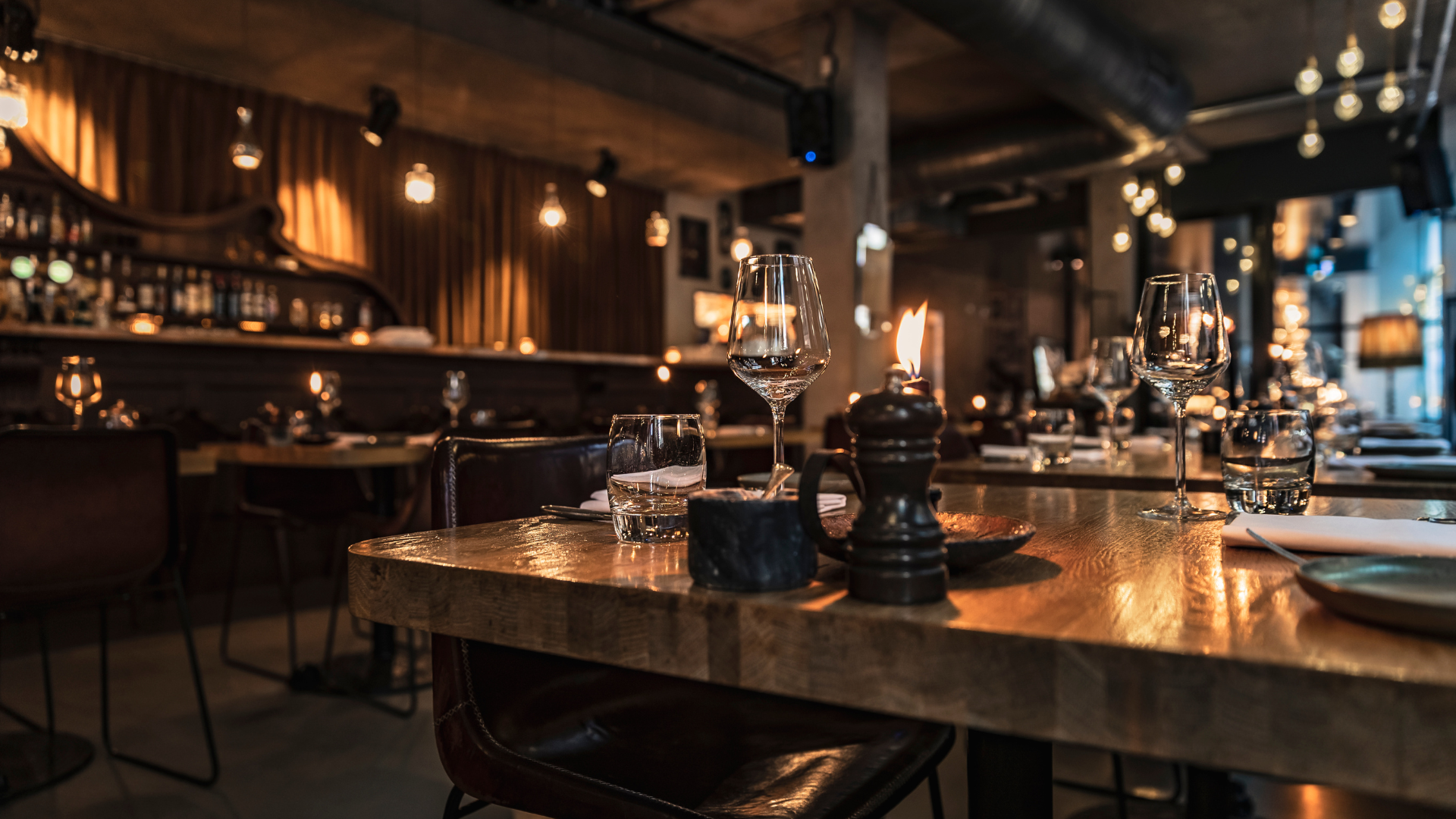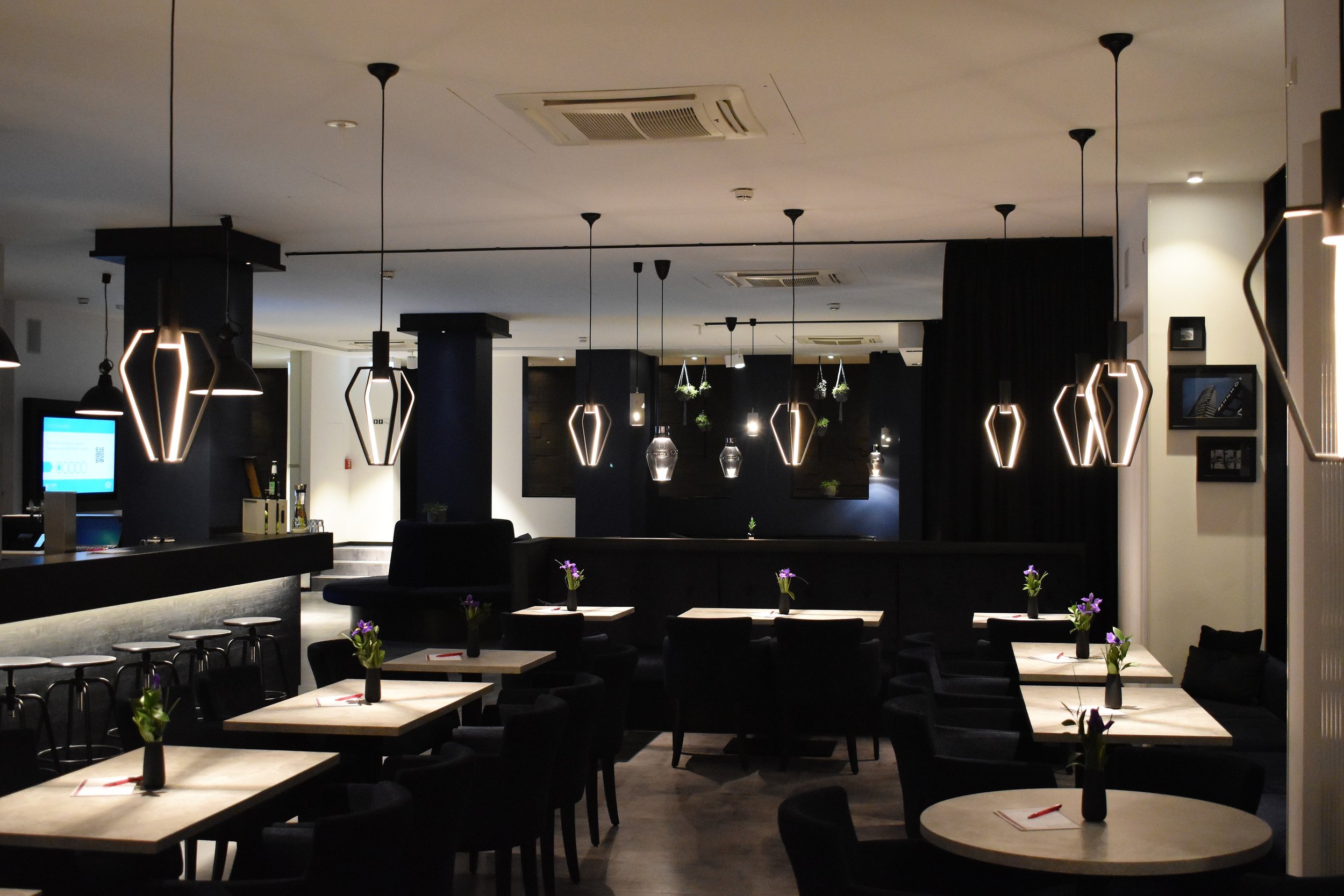Guide to Running / Managing or Opening Your Own Restaurant

There are a few things you should know before running / managing or starting a business in the hospitality industry.
First and foremost, the hospitality industry is all about providing excellent customer service. This means that your business will need to be focused on making sure that your guests have a positive experience from the moment they walk in the door until the moment they leave. Secondly, it is important to remember that the hospitality industry is very competitive. This means that you will need to make sure your business stands out in some way, whether it is through offering unique services or having a standout décor.

Planning a Restaurant Business
-
Explain restaurant, restaurant management, and the restaurant industry in detail.
Outline all the initial steps and elements needed to plan and set up a great restaurant business.
Describe how to create an excellent layout for your restaurant areas.
Recognise the legal specifications to open and run a restaurant smoothly and safely.
Discuss the importance of menu and drinks in the restaurant business.
Describe menu planning and drinks management in detail.
Recall how to source goods and manage inventory in your restaurant.
Explain proper ways to store products and foodstuff.
Definition of a restaurant
What is restaurant management?
Restaurants in the catering industry
Commercial Restaurant and Catering Segment
Non Commercial Catering Segment
Restaurant industry in the UK
Popular types of restaurant
Restaurant Industry
Preparing your business plan
Why do you need a plan?
How can you be benefited?
Figuring out where to start
Deciding on what kind of restaurant?
Choosing Your Restaurant
First impression
Public areas in your restaurant
Outdoor areas
Front work areas
Delivery areas
Kitchen layout
Refuse storage
Parking, Licence
Local government and your business
Restaurant Layout and Legal Requirements
The importance of the menu
Types of menus
Menu planning and Dish creation
Truth and Accuracy in the menu
Special diets
Projecting menu costs
Examples of menus
Menu Planning
Getting Wines Right
Pricing wines
Guidelines for Selling Alcohol
Water, Coffee and Tea
Coffee
Tea
Other drinks
Drinks Management
Purchasing
Listing what you need
Purchasing specifications
Finding suppliers
Ordering
Storage
Types of storage
Building an efficient inventory system
Reducing waste
Eliminating spoilage
Receiving
Receiving tips
Purchasing, Receiving, Inventory and Storage

-
Restaurant management entails the establishment’s planning, scheduling, and day-to-day management.
Fine dining establishments offer an upscale dining experience that frequently consists of multiple courses (e.g. salad, appetizer, entree, dessert).
A restaurant focuses exclusively on food and beverages services, unlike a hotel that also offers lodging with food and beverages.
Making a successful business plan requires extensive research, numerous questions, financial projections for the present and future, and genuine soul searching.
Your business plan will help you clarify your vision and potential, as well as identify potential roadblocks.
Repeat business is guaranteed if you have the right atmosphere and food, a good selection of wines by the glass and bottle, and a decent selection of local beers on tap.
Your restaurant’s first impression is critical, and you must keep relevant factors of your restaurant’s first impression in mind.
Arrange all plants, trees, and decorations so that they conceal undesirable views, protect customers from the wind, and absorb noise, especially if you offer outdoor seating.
-
You need to establish a relationship with your local authority to plan permission, build regulations, and any structural changes you wish to make to the property.
The menu is critical, as it demonstrates the kitchen’s capabilities and strengths.
To maximise profits, place your higher-priced items second from the top and second from the bottom, as these are the two locations where customers tend to order the most frequently.
The majority of inexpensive and moderately priced wines are intended to be consumed immediately.
Cellars are ideal for wine storage because they maintain a constant temperature for the wines.
Purchasing is the process by which a restaurant acquires goods or services to carry out tasks.
By creating purchasing specifications, you can manage the quantity and quality of items you purchase and ensure that your order’s products are consistent.
Effective order placement is impossible until you have a clear understanding of the items in your inventory lists.
Financing Your Business, Recruitment and Other Tasks

-
Describe how to raise money for your Restaurant business.
Estimate, evaluate, and control expenses in your restaurant.
Indicate the process to hire and train the right person for the job.
Recognise the must-haves safety protocols and hygiene measures for the smooth running of the restaurant.
Discuss the importance of technology and list some ideas and applications.
Summarise day to day activities of a restaurant.
Describe how to manage your customer.
Outline the various ways to promote and market your restaurant.
Raising the Money
Working in a Partnership
Capital Expenditures
Evaluating Financial Performance
Daily Business Review
Cash Flow Analysis
Managing Costs

